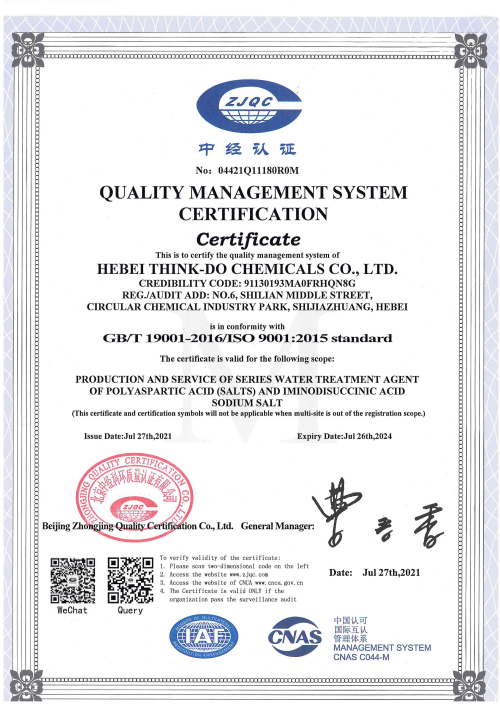
News
des . 04, 2024 08:32 Back to list
Tailored Micronutrient Solutions for Healthy Aquatic Plant Growth in Aquariums
Custom Micronutrients for Aquarium Plants A Comprehensive Guide
Aquarium plants serve multiple purposes in a fish tank, from enhancing aesthetics to providing essential oxygen and habitats for aquatic life. To thrive, these plants require not just a suitable environment but also a tailored approach to nutrition—most importantly, the micronutrients that serve as the building blocks for their health and growth. This article explores the significance of custom micronutrients for aquarium plants and how they can be optimized for a lush aquatic garden.
Understanding Micronutrients
Micronutrients are chemical elements that plants require in minimal amounts for growth and development. They play crucial roles in various physiological processes, including photosynthesis, enzyme function, and the synthesis of proteins and nucleic acids. In the context of aquarium plants, the primary micronutrients include
- Iron (Fe) Essential for chlorophyll formation, iron facilitates the photosynthesis process and is crucial for the green color of foliage. - Manganese (Mn) Involved in enzyme activation and the photosynthetic process, manganese is vital for oxygen evolution during photosynthesis. - Zinc (Zn) This micronutrient aids in the synthesis of crucial proteins and enzymatic processes. - Copper (Cu) Although needed in very low concentrations, copper is important for several biochemical reactions within plants. - Boron (B) Critical for cell wall formation and reproductive development, boron aids in the metabolism of hormones that regulate plant growth. - Molybdenum (Mo) This nutrient is important for nitrogen metabolism, helping plants utilize nitrogen effectively.
Micronutrient deficiencies can lead to various problems, including stunted growth, yellowing leaves, and overall poor health of aquarium plants. Therefore, understanding and providing these essential nutrients is paramount.
The Importance of Customization
Every aquarium possesses a unique environment influenced by factors such as water chemistry, lighting, and the type of plants and fish present. This uniqueness extends to the nutritional needs of the plants themselves. Customizing micronutrient levels allows aquarists to cater to these specific circumstances, promoting optimal growth and health.
1. Water Chemistry Different water sources have different pH levels and hardness, which can affect nutrient availability. For instance, iron might be available in one tank but not in another due to variations in pH. Custom micronutrient solutions can adjust these levels accordingly.
custom micronutrients for aquarium plants

2. Types of Plants Some plants, like those from the Cryptocoryne genus, may require higher concentrations of certain nutrients than others like Anubias. Tailoring micronutrient mixes to the specific species present in the aquarium ensures that individual plant needs are met.
3. Light and Growth Rate The amount of light also influences how much micronutrients plants consume. High-light setups typically accelerate plant growth, which means they will require greater nutrient concentrations. In such cases, using a custom blend with higher levels of essential micronutrients can benefit plant health significantly.
Creating Custom Micronutrient Solutions
Creating a custom micronutrient solution for aquarium plants can be approached in several ways
1. Commercial Fertilizers Many products are available in the market specifically formulated for aquarium plants. These products can be adjusted based on the specific needs of the plants in your tank. Reading product labels carefully can help you choose one that best matches your aquarium's requirements.
2. DIY Solutions For those keen on a more hands-on approach, it's entirely possible to create your own custom mixes. Products like chelated iron, manganese sulfate, and other micronutrient powders can be purchased and combined to create a nutrient-rich solution. However, careful attention must be paid to the correct proportions to avoid nutrient burn or imbalances.
3. Regular Testing Monitoring the levels of micronutrients in the aquarium is essential for effective customization. Test kits are available to measure nutrient concentrations, allowing you to adjust your custom mixture as needed.
Conclusion
Customizing micronutrient levels for aquarium plants is an essential strategy for fostering a thriving aquatic environment. By understanding the requirements of your specific plant species and the unique conditions of your tank, you can tailor a nutrient regimen that supports lush growth and vibrant health. Whether you choose ready-made fertilizers or embark on creating your own solutions, providing the right balance of micronutrients will lead not just to beautiful plants, but also to a healthier aquarium ecosystem overall. With the right approach, your underwater garden can flourish, bringing joy and life to your aquatic landscape.
-
Polyaspartic Acid Salts in Agricultural Fertilizers: A Sustainable Solution
NewsJul.21,2025
-
OEM Chelating Agent Preservative Supplier & Manufacturer High-Quality Customized Solutions
NewsJul.08,2025
-
OEM Potassium Chelating Agent Manufacturer - Custom Potassium Oxalate & Citrate Solutions
NewsJul.08,2025
-
OEM Pentasodium DTPA Chelating Agent Supplier & Manufacturer High Purity & Cost-Effective Solutions
NewsJul.08,2025
-
High-Efficiency Chelated Trace Elements Fertilizer Bulk Supplier & Manufacturer Quotes
NewsJul.07,2025
-
High Quality K Formation for a Chelating Agent – Reliable Manufacturer & Supplier
NewsJul.07,2025
